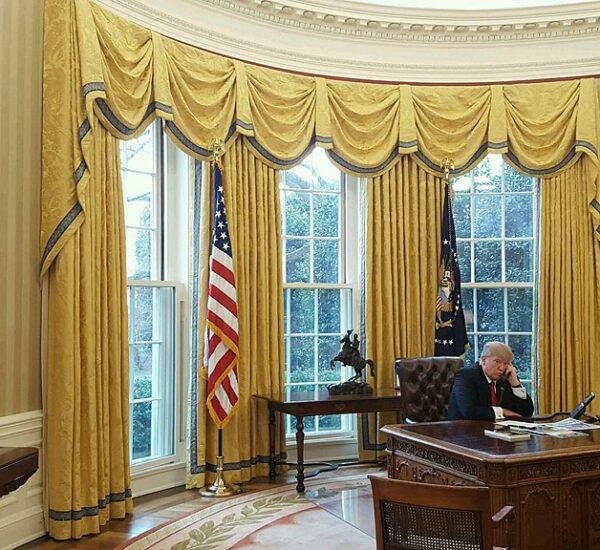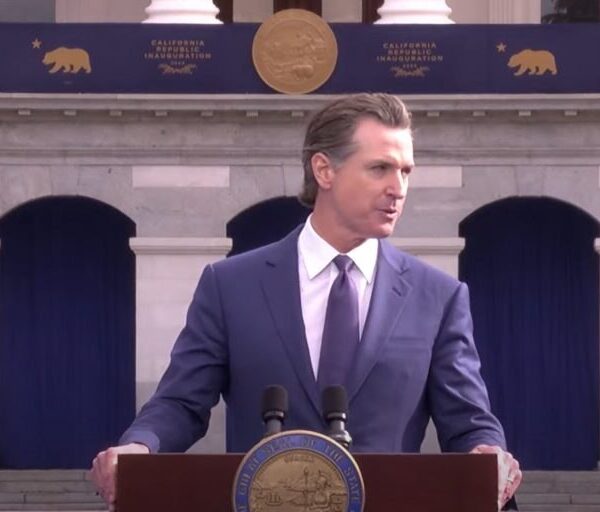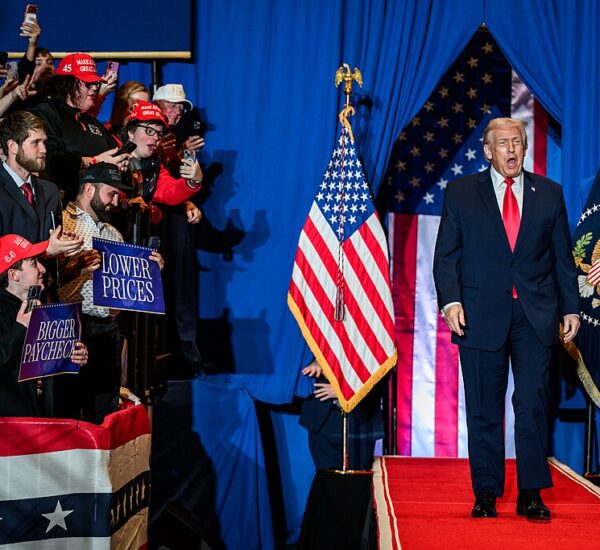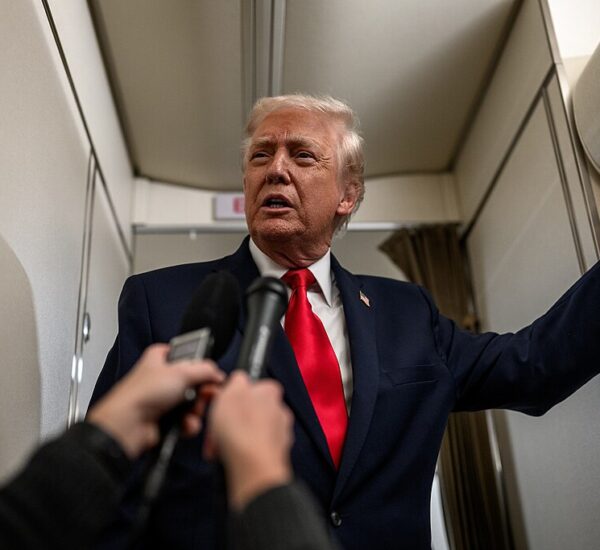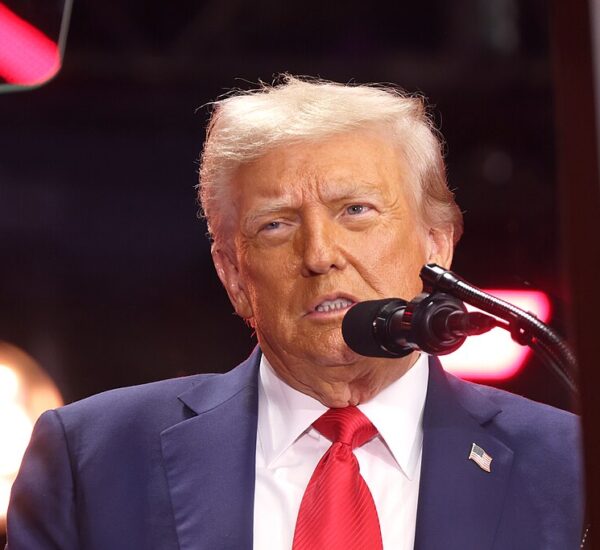Trump needs a big favor from Congress.
President Donald Trump is taking bold steps to reduce federal control over education, aiming to return decision-making power to parents and local communities. His administration plans to shrink the Department of Education, though fully eliminating it requires congressional approval.
Trump’s Plan: Education Back in Parents’ Hands
The Trump administration has long pushed for less federal interference in education. A White House statement confirms that Trump is expected to sign an executive order that would drastically cut the size and influence of the Department of Education.
If signed, this order would curb Washington’s control over local schools and shift power back to states and families. However, abolishing the agency entirely would require new legislation from the help of Congress, as it was established by Congress in 1979 under President Jimmy Carter.
Why Conservatives Have Long Opposed the Department of Education
For decades, Republican leaders—including Ronald Reagan—have pushed for the elimination of the Department of Education. The reason? Federal bureaucrats shouldn’t be making decisions about our children’s education.
Instead, conservatives argue that parents and local governments should have the power to shape school curricula, funding, and priorities.
Rep. Thomas Massie (R-KY) recently reintroduced legislation to permanently close the agency by 2026. However, legal experts warn that getting such a bill through Congress would be a major challenge.
Can Trump Get Congress to Act?
Legal scholars caution that Trump would need a supermajority (60 votes) in the Senate to fully dismantle the department. Attorney Andrew Stoltmann told Fox News Digital that gaining bipartisan support will be an uphill battle:
“President Trump cannot eliminate a federal department on his own. He must get congressional approval, which means convincing some Democrats to support it—an unlikely scenario.”
Education Secretary McMahon: Working to End Her Own Job?
Trump’s newly appointed Education Secretary Linda McMahon has been tasked with reducing the agency’s size. In her confirmation hearing, she acknowledged that full abolition requires congressional action, but she assured lawmakers that the administration would present a strong plan.
McMahon has been swiftly cutting programs, starting with eliminating hundreds of millions of dollars in funding for controversial Diversity, Equity, and Inclusion (DEI) programs. The department has also cut nearly half its workforce as part of a broader effort to reduce government overreach.
Returning Power to the States
Department of Education spokesperson Savannah Newhouse recently emphasized the administration’s goal of shrinking federal oversight:
“President Trump’s priority is reducing Washington bureaucracy and empowering local school boards and families to make educational decisions—not politicians in D.C.”
While the Department of Education currently oversees federal grants, student loans, and certain policies, the actual administration of education is already controlled at the state level.
Newhouse also clarified a common misconception:
- The Department of Education does NOT:
✅ Control school curricula
✅ Set teacher salaries
✅ Decide how much financial aid students receive
✅ Operate local schools
✅ Provide the majority of school funding
This means that states already have significant control—and Trump’s plan would expand that control even further.
The Future of American Education: Will Congress Act?
As the 2024 election draws closer, education policy will be a major battleground. Trump’s vision is clear: reduce federal control and return power to parents and communities. But will Congress take action, or will political gridlock keep the system unchanged?
What Do YOU Think?
💬 Should the Department of Education be eliminated?
🔥 Should states have full control over schools?


